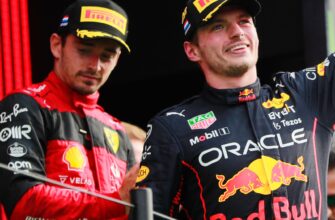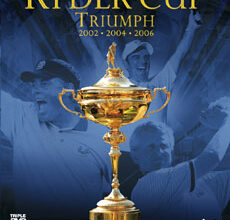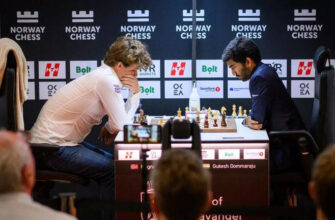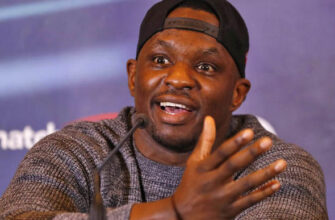Combat sports, whether in the unforgiving octagon of the UFC or the grand spectacle of professional wrestling, are more than just contests of physical prowess. They are a perpetual narrative, a sprawling saga of ambition, resilience, and the intricate human decisions that shape legacies. Every headline, every controversial statement, every whispered comeback rumor contributes to a grand, ongoing story that capt captivates audiences worldwide.
The Irresistible Pull of the Comeback
For many, the idea of a legendary return is the ultimate fantasy. Take Ronda Rousey, a pioneer in women`s MMA. At 38, discussions of her potential comeback aren`t merely about wins and losses; they`re about rekindling a spark, a “love for MMA” that once defined her. It`s a testament to the enduring human spirit, or perhaps a pragmatic recognition that the spotlight, once cherished, is hard to leave behind. Similarly, the imposing figure of Brock Lesnar, a titan who has conquered both UFC and WWE, continues to dominate headlines, even at 48, proving that sheer presence and a unique brand of controlled chaos can transcend age.
These veterans aren`t just fighting opponents; they`re fighting time, expectations, and the ghosts of past performances. Their journeys are a reminder that the narrative of a champion is never truly finished until the final, definitive retirement – and even then, fans will always wonder, “what if?”
Navigating the Modern Arena: Strategy and Spectacle
In today`s hyper-connected world, a fighter`s career is as much about strategy and media savvy as it is about striking and grappling. Consider Charles Oliveira, a former champion now accused by some of “ducking” a top grappler. His choice of opponents, the reasoning behind declining certain fights, and his expressed issues with a potential UFC Rio bout are dissected with forensic intensity. This isn`t weakness; it`s a calculated chess match where every move impacts ranking, legacy, and earning potential. The line between a strategic career decision and public perception often blurs, leading to fiery debates among fans and pundits.
Then there`s the emerging era of “event boxing,” exemplified by Jake Paul`s continued foray into combat sports. His public “clowning” of Gervonta Davis over a fumbled fight date at a Netflix press conference highlights a new dimension: fighting is now intertwined with streaming deals, influencer culture, and the art of viral marketing. It’s less about a belt and more about eyeballs and engagement, a truth that traditionalists might begrudgingly accept. And when top stars like Sean O`Malley and Conor McGregor eye an exclusive “White House card,” the spectacle reaches unprecedented heights, blending sports, politics, and celebrity into a potent, must-watch cocktail.
Beyond the Bouts: The Human Side of the Fighter
Behind every powerful punch and submission attempt lies a person with dreams, fears, and aspirations far removed from the roar of the crowd. Cory Sandhagen, a top-ranked bantamweight, recently revealed his unique dream job outside of fighting. This glimpse into the individual behind the warrior reminds us that these athletes are not solely defined by their profession. It`s a refreshing counterpoint to the often-singular focus on their fight careers.
Even actors find their lives irrevocably shaped by the combat sports world. Frank Grillo, a recognized Hollywood face, credits an MMA-themed movie — one that UFC President Dana White reportedly disliked — with changing his acting career forever. It underscores the cultural ripple effect of mixed martial arts, reaching far beyond the cage walls and influencing unexpected paths.
The Crucible of Controversy and the Unyielding Grind
Controversies and heated rivalries are the lifeblood of combat sports. Daniel Cormier, a two-division UFC champion, openly blames a former peer for an embarrassing career moment, highlighting the personal stakes and lingering resentments that often define intense competitor relationships. Kayla Harrison`s brutally honest assessment of Julianna Peña`s championship credentials further illustrates the unvarnished candor that often accompanies these high-stakes rivalries, offering a raw, unfiltered look into a fighter`s competitive mindset.
For every superstar, there are countless fighters on the grind. Sean Strickland, despite a suspension, remains eager for a fight, even if it`s in a country he`s “not a fan of.” This encapsulates the relentless drive required to stay relevant and active. And then there are the veterans, like 38-year-old Juan Archuleta, a former Bellator and RIZIN champion, seeking to defy age and earn a UFC contract – a rare feat in a promotion known for its youth movement. Their ambition to prove themselves in the sport`s biggest arena against seemingly insurmountable odds is a narrative as old as combat itself.
The sport also sees its share of poignant departures. Melvin Guillard, an MMA veteran with a staggering 62 professional fights, delivered an explosive 24-second knockout to snap an 11-fight losing skid, only to announce his retirement. It was a final, emphatic statement, a hard-earned victory before stepping away, reminding everyone of the sheer perseverance required to survive in this brutal, beautiful sport.
The Ever-Unfolding Saga
From the enduring allure of a comeback to the strategic maneuvering of current stars, from the personal lives lived beyond the octagon to the controversies and rivalries that fuel public interest, combat sports continue to be a rich tapestry of human drama. The stories are endless, reflecting the unyielding spirit of athletes, their personal journeys, and the captivating spectacle they create. Each fight, each interview, each decision adds another layer to this complex, thrilling, and profoundly human narrative.









